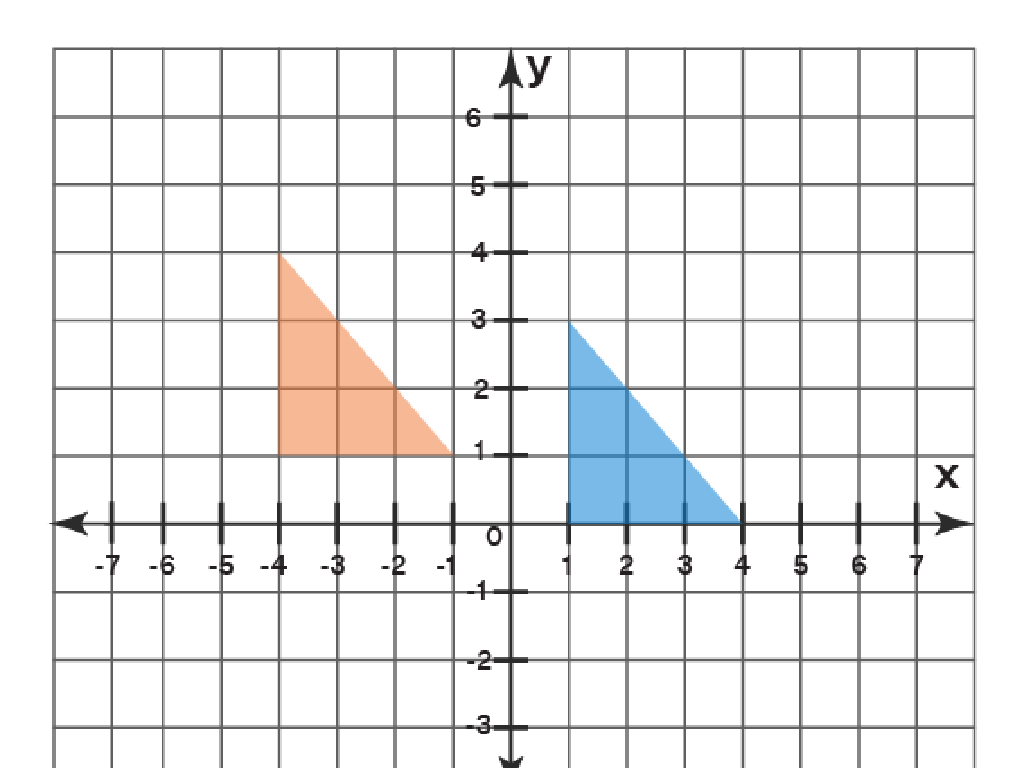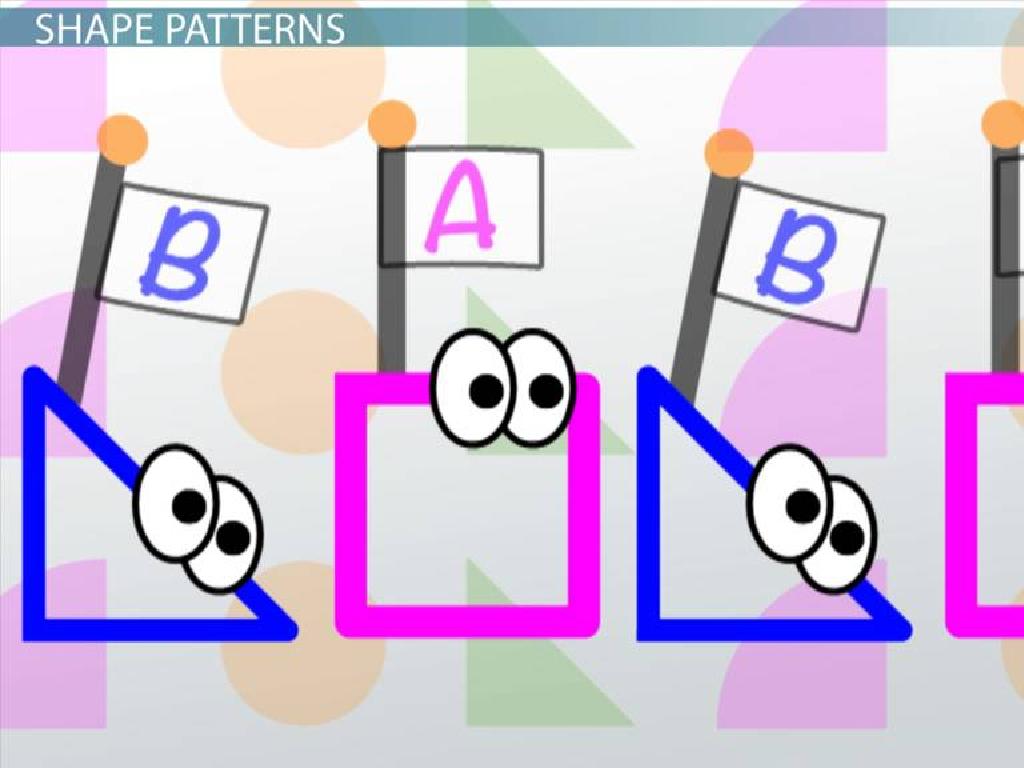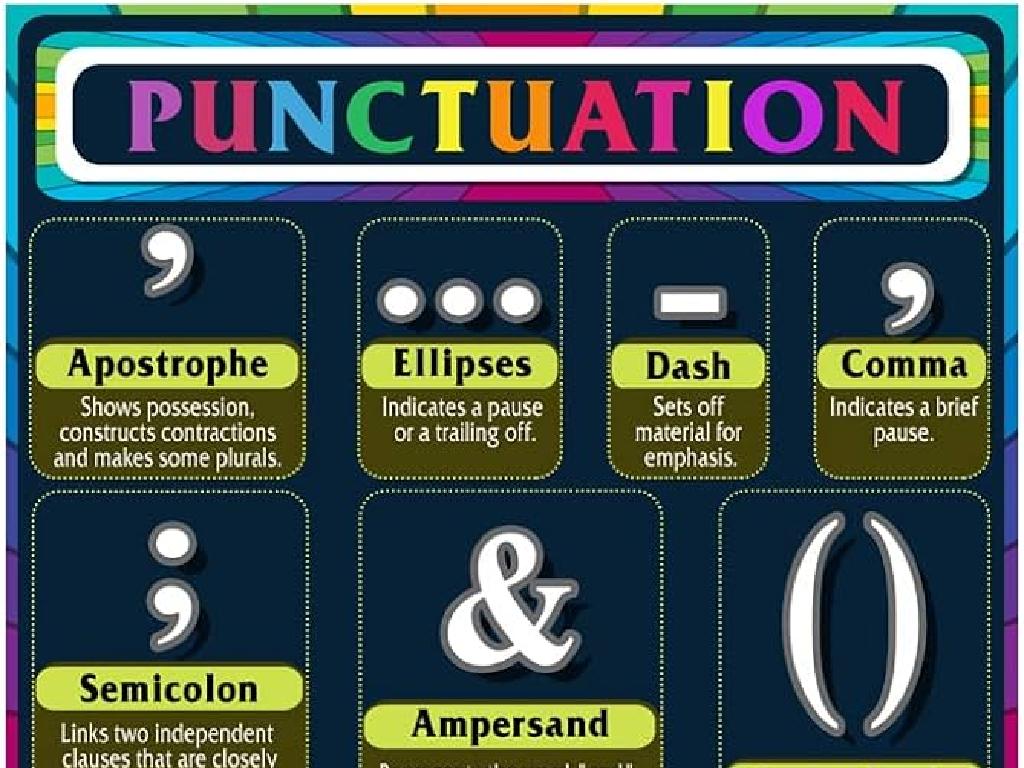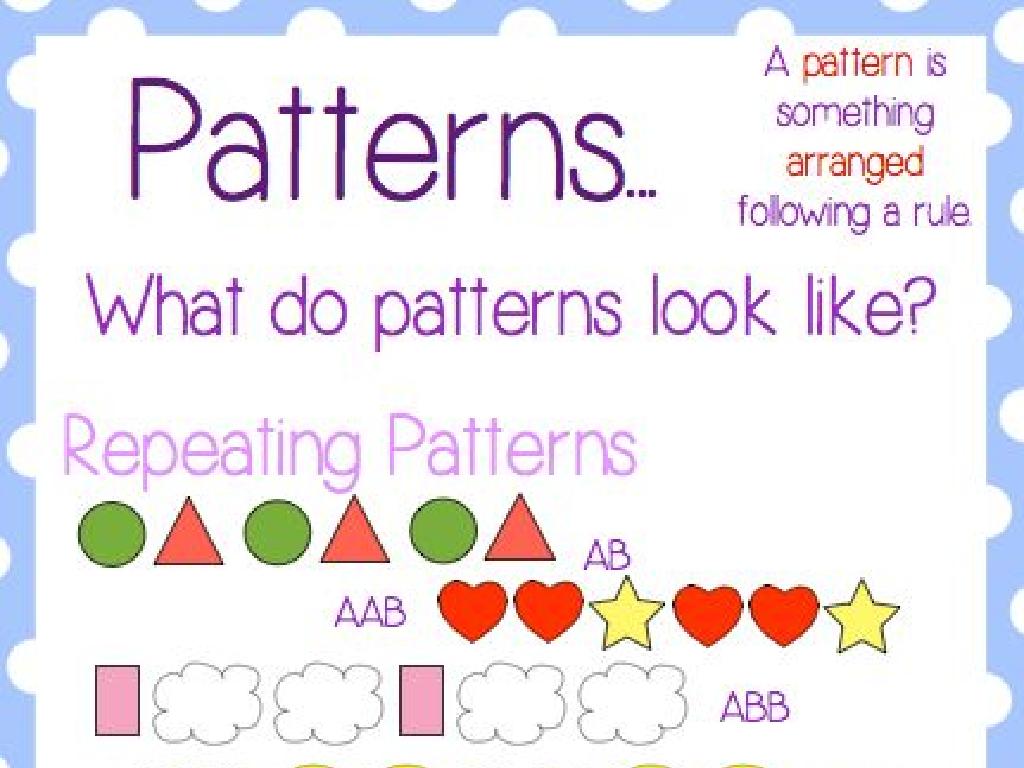The Civil War: The End Of The War
Subject: Social studies
Grade: Fourth grade
Topic: The Civil War And Reconstruction
Please LOG IN to download the presentation. Access is available to registered users only.
View More Content
The Civil War: The Final Chapter
– Recap: What was the Civil War?
– A big fight between the North and South of the USA over freedom and rights.
– Key events before war ended
– Battles like Gettysburg, leaders like Lincoln helped end the war.
– Why the war’s end mattered
– It stopped the fighting and started healing the country.
– How it changed America
– It led to freedom for enslaved people and united the country again.
|
Begin with a brief recap of the Civil War, highlighting that it was a conflict between the Northern and Southern states, mainly over the issues of slavery and states’ rights. Discuss key events that led to the conclusion of the war, such as significant battles and President Lincoln’s leadership. Emphasize the importance of the war’s end in bringing peace, freedom for enslaved people, and the beginning of the Reconstruction era, which aimed to rebuild and reunite the nation. This slide sets the stage for understanding the profound impact the Civil War had on American history and society.
The Civil War: Final Major Battles
– Significance of Siege of Petersburg
– The long battle weakened the South, leading to the fall of Richmond.
– Impact of Sherman’s March to the Sea
– Sherman’s march aimed to damage Southern resources and morale.
– Role of Battle of Appomattox Court House
– The battle where General Lee surrendered, ending the Civil War.
|
This slide aims to educate fourth-grade students on the pivotal battles that led to the end of the Civil War. The Siege of Petersburg was crucial as it led to the capture of Richmond, the Confederate capital. Sherman’s March to the Sea is significant for its strategy of total war, which aimed to destroy the South’s will and ability to fight. Lastly, the Battle of Appomattox Court House is where Confederate General Robert E. Lee surrendered to Union General Ulysses S. Grant, effectively ending the war. Use maps to show the locations of these events and discuss the broader impacts on the war’s outcome. Encourage students to think about how these battles might have felt for soldiers and civilians alike.
Surrender at Appomattox: The Civil War Ends
– General Lee’s surrender decision
– Faced with no options, Lee chose to surrender to save lives.
– Lee and Grant’s historic meeting
– On April 9, 1865, Lee and Grant met to discuss the surrender terms.
– Terms of the surrender agreement
– The terms were generous; soldiers could go home and keep personal horses.
– Impact of the surrender on the war
– This surrender marked the end of the Civil War, leading to peace.
|
This slide covers the pivotal moment of the Civil War when General Robert E. Lee surrendered to General Ulysses S. Grant at Appomattox Court House, effectively ending the conflict. Discuss Lee’s difficult decision to surrender, which was motivated by the desire to prevent further unnecessary suffering and loss of life. Highlight the significance of the meeting between Lee and Grant, emphasizing the respect shown by Grant to Lee and his troops. Explain the terms of surrender, which allowed Confederate soldiers to return home with their personal belongings, signifying a step towards healing the nation. The surrender’s impact was profound, signaling the conclusion of the war and the beginning of the Reconstruction era. Encourage students to reflect on the importance of this event in American history.
The Aftermath of the Civil War
– Healing after the Civil War
– The country worked to mend and rebuild.
– Changes in the United States
– Many laws and ways of life changed.
– The 13th Amendment
– This amendment made slavery illegal.
– Abolition of Slavery
– Freedom for enslaved people in all states.
|
This slide aims to help students understand the period following the Civil War, focusing on the nation’s efforts to heal and the significant changes that took place. Emphasize the concept of Reconstruction as a time of rebuilding the United States, both physically and socially. Discuss the changes that occurred, including the shift in laws and society. Highlight the importance of the 13th Amendment, which was a monumental step in American history, officially abolishing slavery. Explain that this amendment was crucial for ensuring the freedom of all enslaved people across the country. Encourage students to reflect on how these changes have shaped the nation’s history and continue to influence American society today.
Remembering the Civil War
– Importance of remembering the Civil War
– It helps us understand our history and the fight for freedom and equality.
– Civil War’s impact on America’s future
– The war led to the end of slavery and set the stage for civil rights.
– Commemorating the Civil War today
– We honor the event through memorials, museums, and education.
|
This slide aims to explain to fourth graders why the Civil War is a significant part of American history and how it continues to influence the country today. Emphasize the importance of remembering the sacrifices made during the Civil War and how it was a turning point in the nation’s journey towards freedom and equality for all. Discuss how the end of the Civil War marked the beginning of Reconstruction and the long path to civil rights. Highlight the various ways we commemorate the Civil War, such as visiting battlefields, learning about it in school, and observing Memorial Day. Encourage students to reflect on the importance of learning from the past to create a better future.
Role-Play Activity: The Surrender at Appomattox
– Divide into groups for role-play
– Each group performs a surrender skit
– Imagine the key moments of General Lee’s surrender to General Grant
– Discuss the feelings of both sides
– How did the Union and Confederate soldiers feel?
– Reflect on the surrender’s impact
– Why was this surrender a turning point in the war?
|
This class activity is designed to help students empathize with historical figures and understand the significance of the surrender at Appomattox, which effectively ended the Civil War. By dividing the class into groups, students will engage in a creative exercise to role-play the key moments of the surrender. Each group will present their skit, allowing students to explore different perspectives. After the role-play, lead a discussion to help students express what they think the soldiers on both sides might have felt during the surrender. Encourage them to consider the relief, sadness, and hope for the future that might have been experienced. Conclude with a reflection on how this event paved the way for the country’s reconstruction. Provide guidance on how to create the skits, and offer examples of dialogue or actions that might have occurred during the surrender.






